Bacterium globally widespread in marine coastal waters
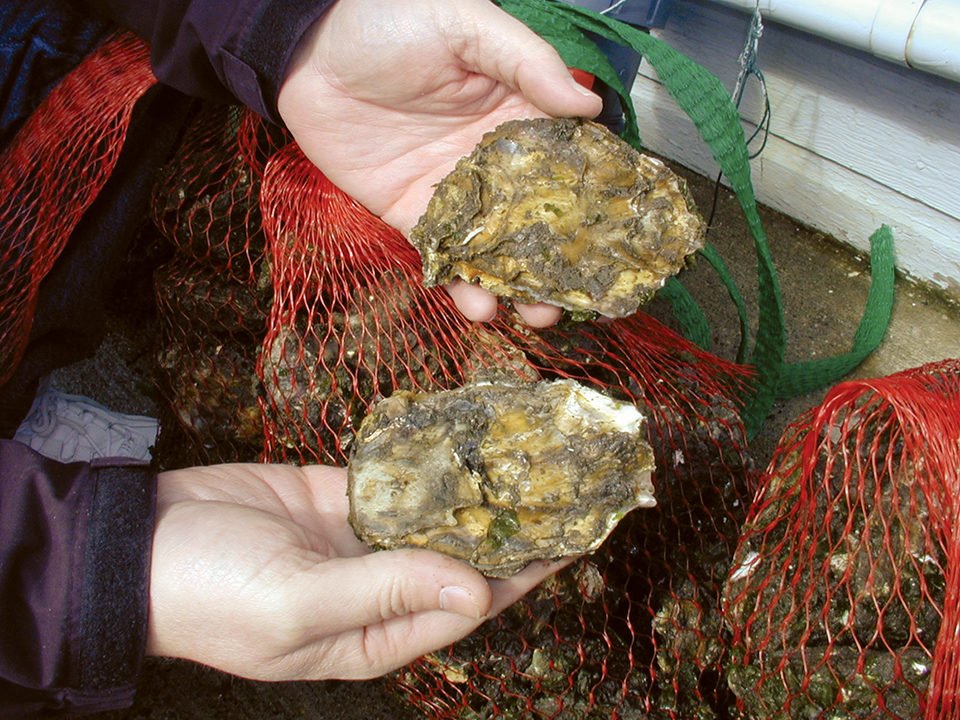
The first recorded outbreak of seafood infection due to Vibrio parahaemolyticus occurred in Japan in 1950. Of 272 patients with acute gastroenteritis, 20 fatalities occurred. The incubation period with most cases was two to six hours. The symptoms included acute abdominal pain, vomiting, and watery – in some cases bloody – diarrhea. Individuals infected with the organism suffered from other symptoms as well, such as nausea, headache, low-grade fever, and chills.
The infectious dose in the case was reported as 105 (1.1 x 102) colony-forming units (CFU). In contrast, volunteers who received much higher CFU counts (4 x 109-1.6 x 1010) of an isolate of V. parahaemolyticus did not report any symptoms of diarrhea. Recent studies have suggested that unusually virulent strains may be infectious at lower cell numbers.
Distribution, characteristics
V. parahaemolyticus is globally widespread in marine coastal waters. The bacterium is commonly found throughout brackish estuarine environments in water, sediments, suspended particles, plankton, fish, and shellfish. It is not frequently found in freshwater or full-strength seawater.
The bacterium has been isolated from 30 different marine species, including eels, crabs, clams, oysters, abalone, lobsters, scallops, sardines, shrimp, and squid. The bacterium can be isolated in higher numbers during warm summer months. It is cold-sensitive and unable to grow at the 200 to 1,000 atm hydrostatic pressures prevalent in the deep sea environment. The organism is considered to have a minimum growth temperature of 7 to 10 degrees-C and a maximum growth temperature of about 44 degrees-C.
Detection studies
United States
In a shellfish survey conducted by the U.S. Food and Drug Administration, 85 percent of the samples were positive for the bacterium. Concentrations of the organism were reported as high as 1.3 x 103 CFU/gram. This survey had substantial public health significance due to the widespread practice of consuming shellfish raw or only slightly cooked.
A sampling survey of a major oyster-producing estuary in Mobile Bay in Alabama, USA, that was known to endemically harbor V. parahaemolyticus found the bacteria in all 156 samples collected. Pathogenic strains were detected in 22 percent of the samples. Cell densities ranged from below 10 to 1.2 x 104 CFU/gram. During the study, higher water temperatures were associated with greater bacteria density.
India
A survey of oysters along the southwest coast of India showed that 94 percent contained V. parahaemolyticus with densities ranging from less than 10 to 6.7 x 104 CFU/gram. Pathogenic V. parahaemolyticus were detected in 10 percent of the isolates. Low salinity was not necessarily detrimental to the bacteria – it may instead favor growth and survival in cases where water is high in organic matter.
The India study showed that temperature was a major factor in both the seasonal and geographical distribution of the bacteria in shellfish-growing areas of the temperate region. It also showed that in tropical waters, V. parahaemolyticus density did not seem to be correlated with temperature. Therefore, the regression model suggested to predict the level of V. parahaemolyticus in the Gulf of Mexico, which is based on temperature and salinity data, does not seem applicable to tropical oysters.
Norway
The Norwegian Food Safety Authorities conducted a two-year monitoring program covering commercially grown blue mussels. Samples were collected from July 2002 to September 2004 from 102 production sites, five of which also had wild-growing mussels, along the southern Norwegian coast. V. parahaemolyticus was detected in 10 percent of the blue mussels. The numbers were estimated as 1.8 x 103 and 2.0 x 102 CFU per gram, and the remaining samples contained less than 100 CFU per gram.
The lowest water temperature at a location where a V. parahaemolyticus-positive sample was collected was 0.6 degrees-C. In samples where 100 or more organisms per gram were detected, the water temperature was above 19 degrees-C. At least one isolate from each positive sample was potentially pathogenic.
Italy
In further research, mussel samples collected from approved coastal sites on the Adriatic Sea in central Italy were examined for the presence of V. parahaemolyticus from December 2002 to January 2004. Of the 144 samples examined, 35 were positive for the bacteria. The bacteria were isolated with a higher frequency during warmer months.
03:K6 serotype
The V. parahaemolyticus 03:K6 serotype has enhanced virulence. It was responsible for many recent V. parahaemolyticus outbreaks, including epidemics in India, Russia, Southeast Asia, Japan, and North America.
Since it first emerged in Calcutta, India, in 1996, the serovar has accounted for 50 to 80 percent of the infections. In one outbreak, up to 75 percent of individuals became infected when exposed to the 03:K6 serovar, as compared to 56 percent of those infected with other serovars. In 1998, the pathogen affected 416 people in the Galveston Bay area of Texas, USA, and was the largest such incident reported in the U.S. Large epidemics of diarrhea associated with seafood consumption and V. parahaemolyticus occurred during the summers of 2004 and 2005 near Puerto Montt, Chile.
Prevention through processing
High Hydrostatic Pressure
Several processing methods are capable of reducing levels of V. parahaemolyticus to non-detectable levels below 3 CFU per gram in Eastern oysters. Inactivation studies for serotype 03:K6 have been conducted in phosphate-buffered saline and inoculated oysters under high hydrostatic pressure processing (HPP) conditions.
A 6-log (99.9999 percent) reduction of V. parahaemolyticus in phosphate-buffered oysters at 241 megapascals (mpa) required 11 minutes, which included a three-minute pressure come-up time. A 4.5-log reduction of the bacteria in oysters at 345 mpa required 7.7 minutes, which included a 6.7 minute come-up time. The organism was reduced to nondetectable numbers at 586 mpa during an eight-minute come-up time.
Different strains of V. parahaemolyticus in broth cultures and inoculated Pacific oysters were also subjected to HPP treatments. Optimum conditions for reducing the bacteria to nondetectable levels in pure culture and oysters were achieved at 345 mpa for 30 and 90 seconds, respectively.
Radiation, thermal pasteurization
Gamma radiation studies using cobalt 60 in doses ranging 0.5-3.0 kGy (50,000-300,000 rads) on Brazil oysters were performed. A dose of 1.0 kGy was sufficient to produce a 6-log reduction in the level of V. parahaemolyticus. A dose of 3.0 kGy was effective in inactivating the bacterium without changing the oysters’ odor, flavor, or appearance.
Another study used thermal pasteurization to reduce counts of V. parahaemolyticus 03:K6 to nondetectable levels. Oysters were artificially contaminated with 104-106 CFU/g of the 03:K6 serovar, which proved more process-resistant than nonpathogenic strains found in Gulf of Mexico waters. A total processing time of at least 22 minutes at 52 degrees-C was recommended to reduce the bacteria to levels less than 3 CFU/gram.
(Editor’s Note: This article was originally published in the March/April 2007 print edition of the Global Aquaculture Advocate.)
Now that you've reached the end of the article ...
… please consider supporting GSA’s mission to advance responsible seafood practices through education, advocacy and third-party assurances. The Advocate aims to document the evolution of responsible seafood practices and share the expansive knowledge of our vast network of contributors.
By becoming a Global Seafood Alliance member, you’re ensuring that all of the pre-competitive work we do through member benefits, resources and events can continue. Individual membership costs just $50 a year.
Not a GSA member? Join us.
Author
-

George J. Flick, Jr., Ph.D.
Food Science and Technology Department
Virginia Tech/Virginia Sea Grant (0418)
Blacksburg, Virginia 24061 USA
Tagged With
Related Posts
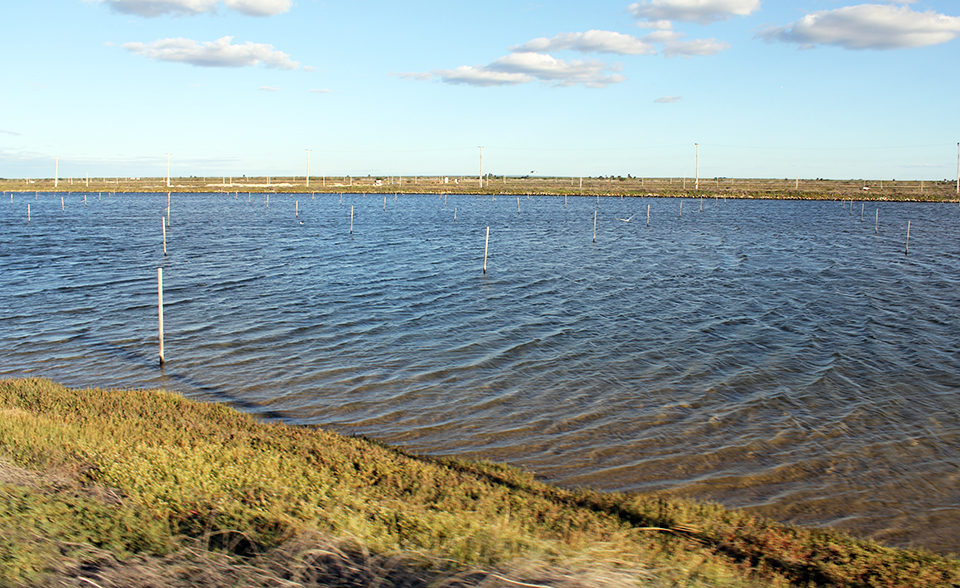
Health & Welfare
AHPN inferences based on behavior of vibrio bacteria
Vibrio parahaemolyticus, a strain of which is the cause of acute hepatopancreatic necrosis (AHPN), has both virulent and benign strains. This strain colonizes the stomachs of shrimp by the formation of a biofilm, which protects it from antibiotics and other potential treatments.
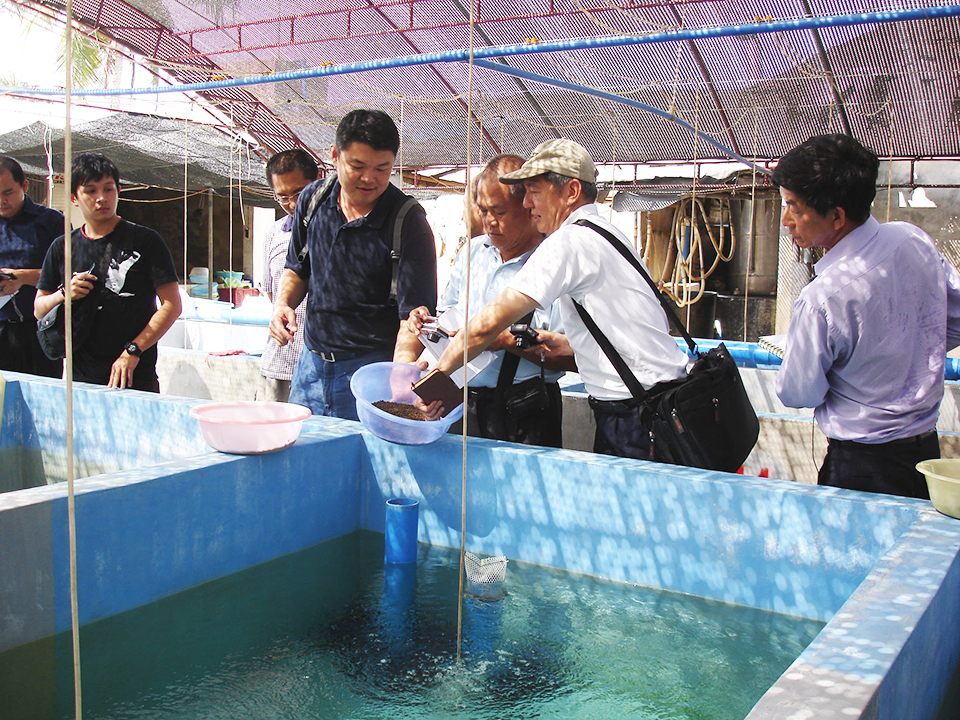
Aquafeeds
ASAIM addresses challenges to growth of marine fish farming in Southeast Asia
In its efforts to advance sustainable aquaculture practices and the use of soy-based feeds in Southeast Asia, the American Soybean Association International Marketing Program (USAIM) has identified several challenges.
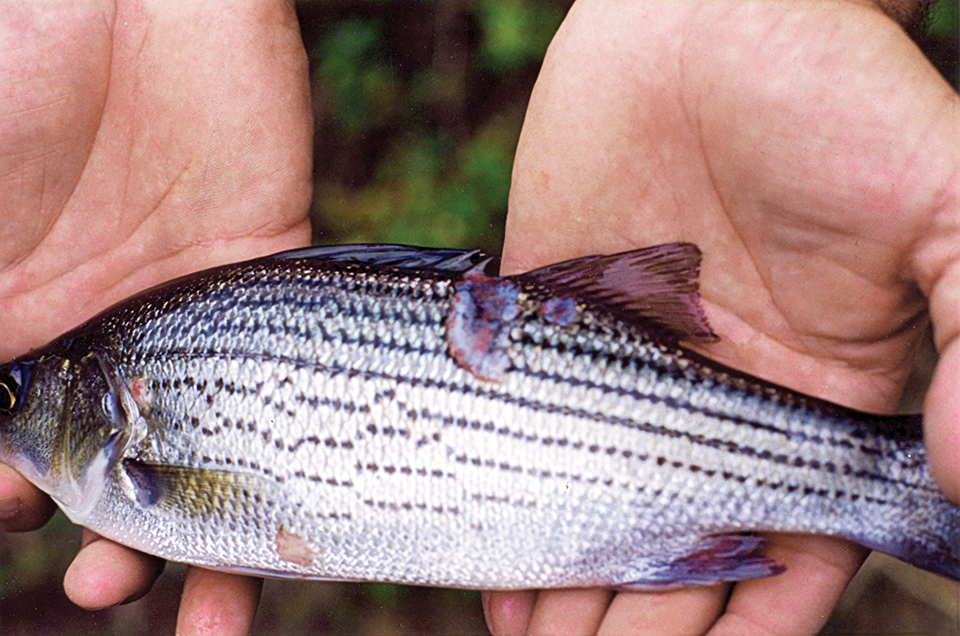
Health & Welfare
Antibiotic-resistant bacteria, part 1
No antimicrobial agent has been developed specifically for aquaculture applications. However, some antibiotic products used to treat humans or land-based animals have been approved for use at aquaculture facilities.
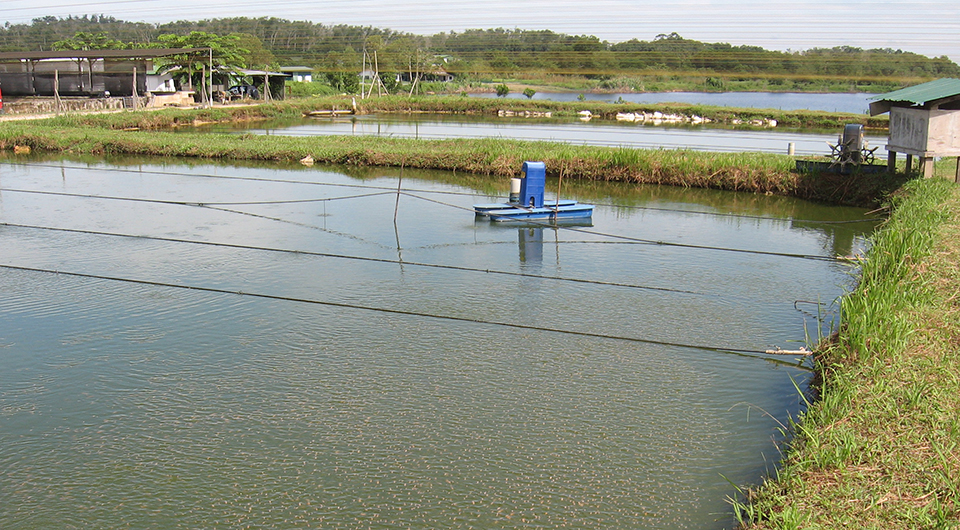
Responsibility
Are seafood safety requirements pointing to vertical integration?
Vertical integration to control the product from the first stages of production through packaging is an excellent way to minimize preventable risks.

